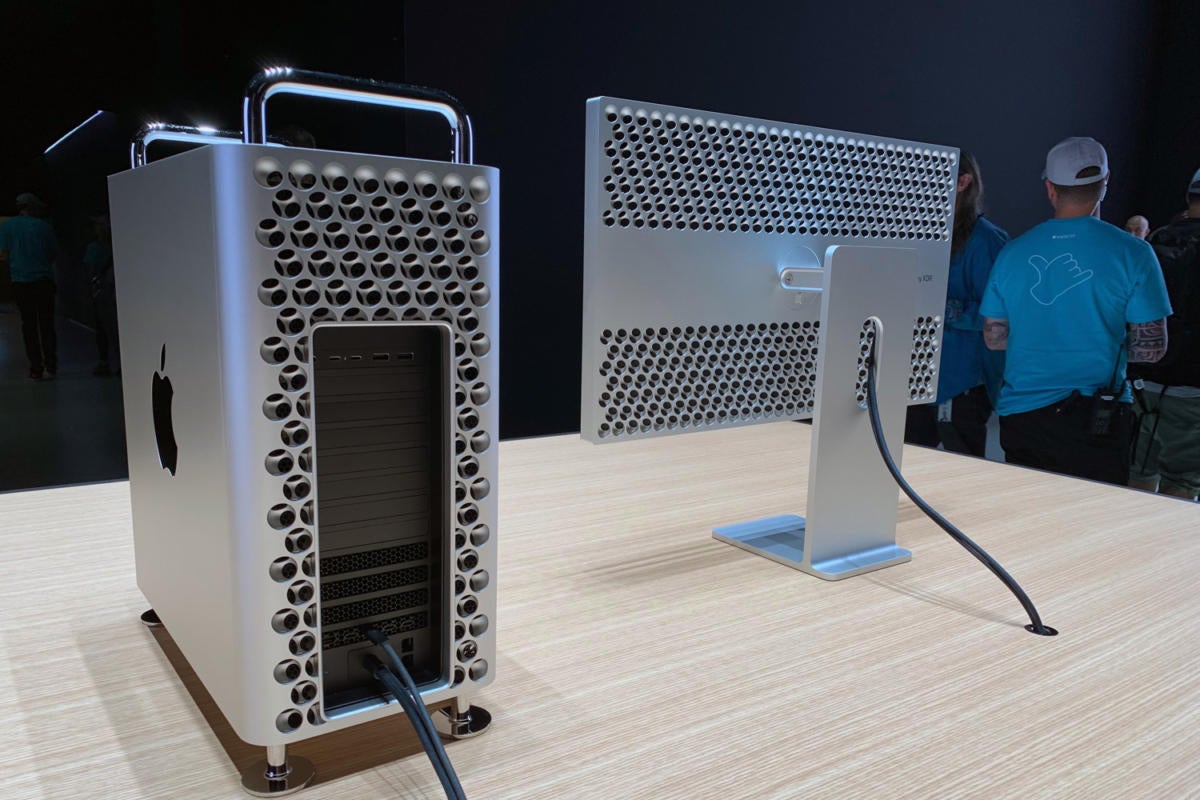

With the new Pro models, the 13-inch feels even further out to sea, unlikely to be updated ever again. The main things that stood out about the 13-inch M1 Pro versus the M1 MacBook Air are the Touch Bar, a slightly brighter screen and better cooling (it had a fan). There was nothing wrong with it, but the line between the Pro and Air wasn't as distinct as it might have been. The first M1 MacBook Pro was a tougher sell than the Air. Read our 16-inch Apple MacBook Pro review. As opposed to the power-plus-portability pitch of the 14-inch Pro, the 16-inch feels like it's for people who want a bit of the feel of a big-screen desktop, without actually having a desktop. The previous 16-inch MacBook Pro was pretty impressive to look at. ( The 16-inch maxes out at over $6,000.)Īnd it could certainly be worth that.

So you basically pay a $200 premium for a 2-inch-larger screen. On the 14-inch version, that will cost $2,299.
BUY APPLE MAC PRO PLUS
To spec out a 14- and 16-inch MacBook Pro with the closest matching specs, you end up with that M1 Pro 10 CPU/16 GPU chip, plus 16GB RAM and 512GB storage. Both support up to the 10 CPU and 32 GPU cores version of the M1 Max chip. The 16-inch starts with 10 CPU and 16 GPU cores in its version of the M1 Pro. The main difference, spec-wise, is that the 14-inch starts with some less powerful M1 options, with a base of eight CPU and 14 GPU cores. Both also share the same heat pipe cooling system. The two devices are remarkably similar, and you get both with either the M1 Pro or the M1 Max. Just about everything I said about the 14-inch MacBook Pro applies here as well. Read our 14-inch Apple MacBook Pro review. If you're more about portability than the big screen, especially if you output to a larger display, the 14-inch feels (on paper) like the sweet spot for portability and power. For more in-depth notes, make sure to check out my review of the 14-inch MacBook Pro. Keep in mind these shopping notes are based on the on-paper specs for the new MacBooks, plus my long experience testing and reviewing MacBooks, which goes back to the very first MacBook Pro in 2006 and the first MacBook Air in 2008.
BUY APPLE MAC PRO 1080P
I've used the 1080p webcams in the 27-inch iMac and newer 24-inch iMac, and it makes a huge difference in video meetings. So far, I've heard mixed reactions to that, but I think the better 1080p-resolution webcam more than makes up for it. So thin, in fact, that the webcam has been reduced to a notch, cutting into the display itself, much like on an iPhone. The bigger screen covers even more of the top panel, with thinner bezels. The trade-off is that the thicker body allows for all those extras, like the resurrected HDMI and SD card ports. Along with that, it actually gets both thicker and heavier. This is the first brand-new screen size for a MacBook since the 15-inch Pro went to 16 inches in 2019 (the iMac added a 24-inch version this past summer). Let's look at the current lineup and see how the new announcements have changed the buying calculations: Current MacBooks compared
BUY APPLE MAC PRO PROFESSIONAL
M1: Apple's MacBook Pro chips comparedīy adding the M1 Pro and M1 Max system-on-chip parts (sometimes called an SOC, or more casually referred to as the MacBook's "chip"), these really become pro-level machines, and will do a better job of attracting professional buyers, who are used to spending many, many thousands on their mission-critical work rigs. Before now, the M1 Macs were not always powerful enough for more complex workloads. It's also a way Apple can lure in higher-end creative pros who need the graphics power - previously only available in select Intel Macs - for video editing, content creation and 3D work. The new 14- and 16-inch MacBook Pro laptops represent a much wider gap between the Air and Pro models.

The $699 Mac Mini? Same chip! The upshot at the time was that the MacBook Air remained the most universally useful choice for most people. The less expensive MacBook Air and more expensive 13-inch MacBook Pro used almost identical M1 chips (with a single extra GPU core in the Pro), despite a $300 difference in their starting prices. Last year's initial wave of M1 Macs made for some confusing buying choices. The new models are available to buy now, although some configurations already show long wait times before shipping.


 0 kommentar(er)
0 kommentar(er)
